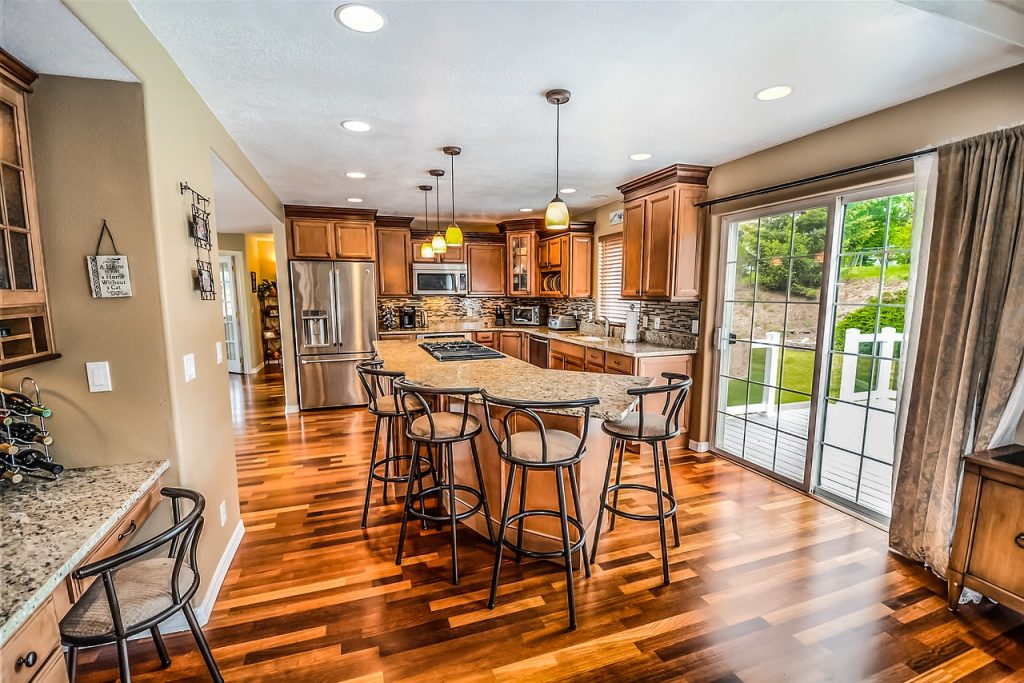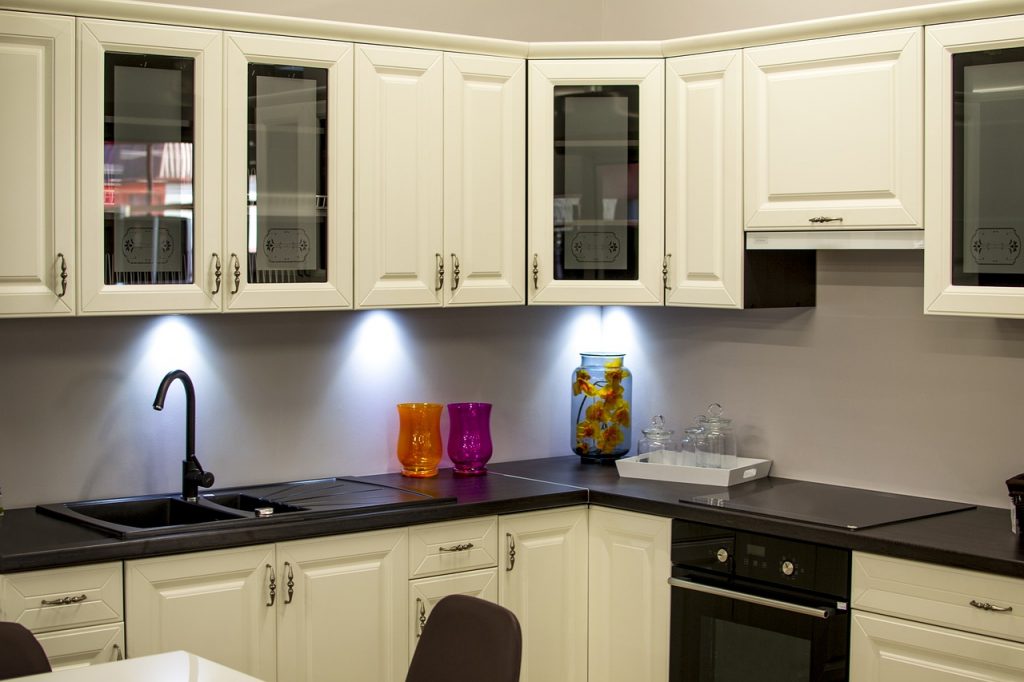Whether redesigning your home or are just having a minor décor upgrade. The lighting design in your home is an area that should never be overlooked. Let’s say you have no idea where to begin when it comes to lighting design. Then you could choose to use the services of a lighting consultant. Understanding some basic lighting concepts and planning your lighting design with the assistance of a Glastonbury CT interior designer, will create a significant impact in your Connecticut home.
This article will provide you with some of our favorite methods to implement a more impressive use of lighting design in your home.
Layering
When it comes to lighting, using layering is one of the most effective ways for light design. It not only creates a stunningly lit space but also offers prominence to the most important pieces within the room.
Essentially, layering is the practice of using multiple lighting sources to create various layers of light within a space. Rather than just using a single light source. The way in which layering can be used in different types of spaces will differ from room to room. It also affords a way to create a room full of different colors and gradients.
A mixture of different types of lights can also be used to create different effects. For example, in a living room you might choose to have strip lighting around a prominent feature such as a fire place. In addition, use downward lights to focus attention on blinds or window frames. Upward lights can be layered within the overall design of the room. This will provide drama or to emphasis a particular feature.
Layering lighting can either be designed in such a way to be very obvious or to naturally blend light sources together.
Highlighting Defining Features
Using lighting to highlight or define architectural features can really help to accentuate the existing design of a space. Consider highlighting architectural features such as stairways, fireplaces or even decorations such as sculptures and art. You may also want to highlight furniture such as bookcases. Use lighting to enhance and promote patterns, textures and shape.
Consider using subtle LED strip lighting to provide a highlighting effect or a simple upward light or back light to really help these areas stand out. You can even use bold colors for maximum impact.
Concealed Lighting
Concealed lighting is extremely effective at producing a minimalist style in any space and works particularly well in contemporary homes. Hiding the light source from view means that the focus is on what is being illuminated, rather than the light fitting itself.
Recessed lights in kitchens and bathrooms often feature concealed lighting built in to the ceiling. However, up-lights and wall lights can also be concealed. This is done either within walls or floors. Also by hiding the light behind objects or furniture.
You want to allow a piece of art or your favorite piece of furniture to stand out. Concealed lighting is one of the best ways to achieve this.
However you plan to use lighting design within your interior design, just be sure that you do indeed ‘plan’ it in to your overall concept.
This post is a collaboration and may contain resourceful affiliate links. All opinions are our own and for informational purposes only.



